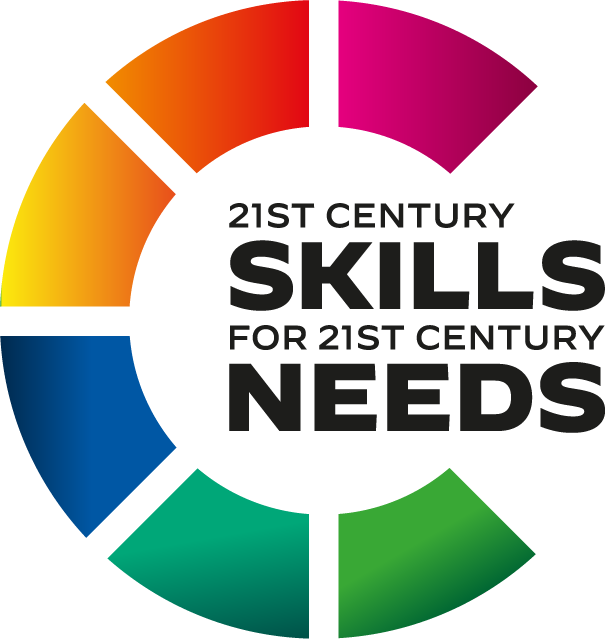Connectedness - Romania
Which of the C’s did you choose?
Citizenship, Creativity, Critical thinking.
Why did you choose them? (What did you want the students to develop?)
Our group is focusing on the idea of connectedness and seeing how this can be used to develop student’s citizenship through creativity and creative thinking. The aims for the students are:
To have a greater awareness of their position as a global citizen
To be creative in coming up with solutions to wider issues
To have connected with reality (to have met people from the real world to see how these skills are
relevant in careers)
During the English classes, the Romanian students (seventh graders – age 13) have studied several topics such as schoolwork, traditions and festivals, beauty and variety in different cultures, interactive life, the world of the future – each one having specific links with the world around, links which the students have become aware of and have discovered by solving tasks in groups.
The themes of schoolwork, interactive life and the world of the future were meant to raise awareness regarding the responsibilities they have in connection to education, the use of technology and the development of various fields of study. They also undertook different roles in their groups which contributed to a wider understanding of the role they play in society too. (citizenship)
The themes of traditions and festivals and beauty and variety in different cultures brought them closer to other approaches of these global issues helping them acknowledge the role played by specific cultural aspects within the wider global cultural frame and the role they play when interacting with these components. Moreover, the features highlighted similarities and differences between cultures increasing awareness of the implications of living ‘unity in diversity’ and the responsibilities allotted to citizens and how they are perceived at local/global levels.
The manner in which they combined their previous knowledge with the new data and re-organised the information so that they could present their own view on festivals/ what is beauty and variety involved not only using their creativity but also asking critical questions that eventually led them to a final product to present to the other groups. The students’ festivals and interpretations of beauty/variety resulted from their effort to come up with eco-friendly solutions or sensible views of widely known/used concepts.
All the topics tackled connected students to the reality surrounding them, each topic developing a different line of investigation, thus allowing students to notice the field in which they move more easily displaying remarkable intuitions and social skills (behavioural and intellectual).
Which activities did you select to support the development of these Cs?
Students have interacted with the topics through reading texts, internet websites, online dictionaries, textbooks, peer learning, creating mind maps and reflecting on their personal experience or that of the people they know.
Students worked in groups whose members changed for each activity (schoolwork, traditions & festivals, beauty & variety in different culture, interactive life, the world of the future) so they had the chance to switch roles and to interact with most of their classmates in various learning contexts.
Each group presentation followed the steps given in a plan designed by the teacher (which the students could adapt according to what they wanted to point out to the audience). Their work included some of the following stages: gathering information on the topic, selection of the main points, analysis and explanation/justification of the elements chosen, ordering elements according to their importance, making use of their creativity in coming up with something original, practical and reliable, combining previous knowledge with newly acquired one, incorporating personal experience, negotiating ideas with group members, dealing with time management, making use of resources in an ingenious but realistic way. Those groups, who realized that listening to their peers and combining information, experience and values mattered the most, achieved the most significant results at the level of content and social interaction.
Each group had to make a presentation of their product in front of the class and students could ask questions, make observations or simply point out what they found remarkable in that presentation.
These discussions allowed all students to notice their strengths and drawbacks and offered them a chance to approach a theme differently the next time.
The presentations and their exploration with the whole class brought the students closer and facilitated a better understanding of the topics and of the roles they played in the final products. Students also became aware that their work is under constant adjustment according to the new elements that emerge in the learning process.
How did you experience the impact of the activities on the students?
The students were not very willing to work in groups all the time because the members of the groups kept changing and they had to adapt to the new conditions. However, they were always enthusiastic to present the results of their work in front of the class.
They managed to work together and to overpass different obstacles so that they all made their presentations. Their products reflected creativity – as a result of negotiating ideas, critical thinking – in the structure of their presentation and citizenship – in taking different roles according to the tasks required.
What they enjoyed most was learning from each other and this was visible in the products they presented which had the mark of their collaboration.
